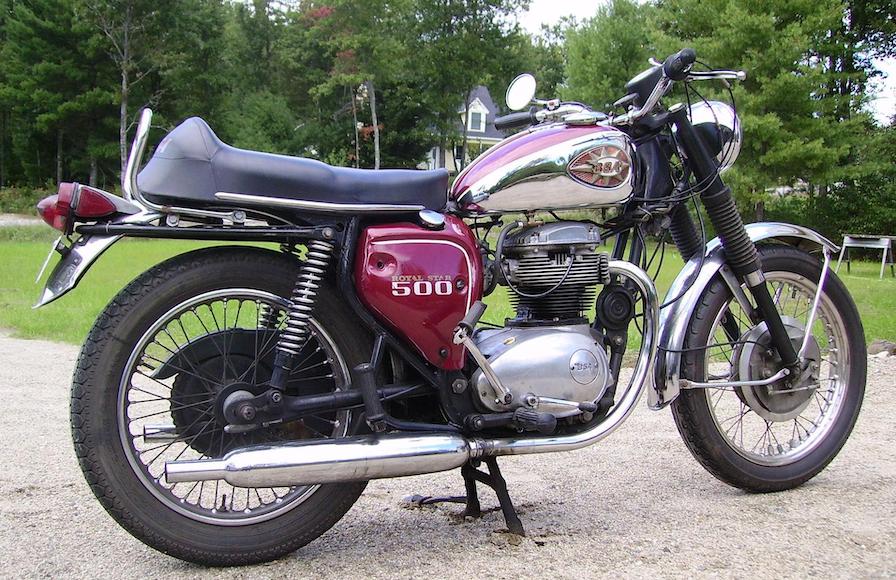Motorbikes have always been popular in the UK and there have been a variety of manufacturers who’ve satisfied public demand for fast machines. The Birmingham Small Arms Company (BSA) was responsible for creating a number of memorable motorcycles, such as the Gold Star, Hornet and Thunderbolt. At one point, BSA was the largest motorbike producer in the world, but it failed to appreciate the significance of the 1970s Japanese market. This led to the company going out of business, but BSA’s contribution to the motorcycle industry can’t be overlooked. We’re looking into the history of the company to see how it began.
From guns to vehicles
Founded in 1861, BSA was set up in Birmingham and focused on manufacturing guns. The company, set up fourteen gunsmiths, found a home in Small Heath. BSA produced weaponry for several years, eventually branching out into other markets like bicycles and cars. The company began producing motorbikes in 1910, with the BSA 3½ hp debuting at the Olympia Show in London.
Sir Hallewell Rogers, BSA Chairman, had told shareholders “we have decided to put a motor-bicycle on the market for the coming season…These machines will be on exhibit at the Cycle and Motor Show on November 21st, after which date we look forward to commencing delivery.”
After WW1, the demand for motorbikes caused the Small Heath factory to focus exclusively on motorbikes. In 1919, BSA launched their first V-Twin, 770 cc side valve motorbike. It came with interchangeable valves and a total loss oil system with mechanical pump. Another significant BSA machine came out in 1928. This was the two-stroke A28 that became the blueprint for the A29 and A30.
BSA sold motorbikes at affordable prices, focusing on reliability and practicality. This helped the company gain momentum and they transitioned into racing manufacturers. It happened during post-WW2 races in the 1950s.
Decline
BSA continued to grow throughout the 1950s, such as when they acquired Triumph in 1951. But by 1965, the company were struggling to compete with emerging Japanese marques like Honda and Yamaha. BSA were no longer aligned with the market and it led to poor marketing decisions. An example of this was heavy investment in the Ariel 3, a three-wheel moped that didn’t sell well. A lot of restructuring happened in 1968, with BSA concentrating on the USA and Canadian markets.
To combat the Japanese bike boom, BSA merged with Norton-Villiers in 1972, though it made little difference. The final BSA range included the Gold Star 500, 650 Thunderbolt/Lightning and 750 cc Rocket Three. Ultimately, BSA weren’t able to compete with faster and more advanced motorbikes, leading to the factories shutting down.



